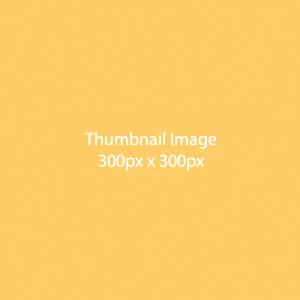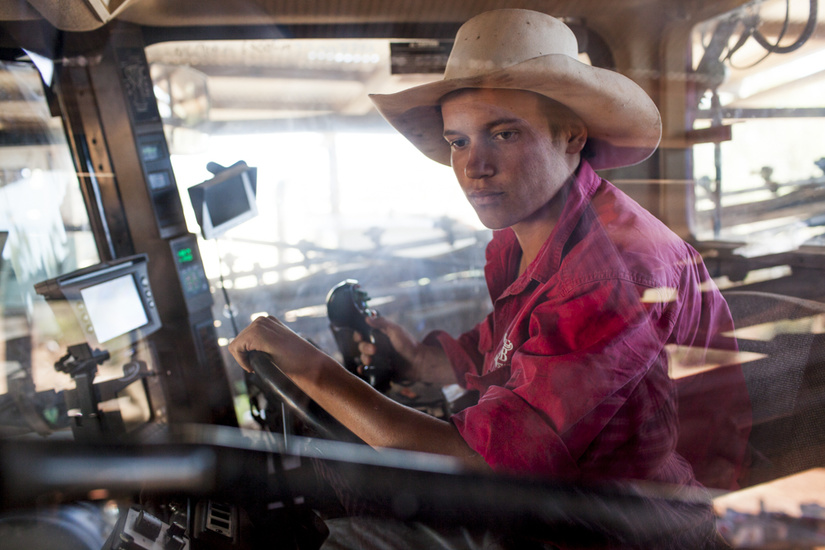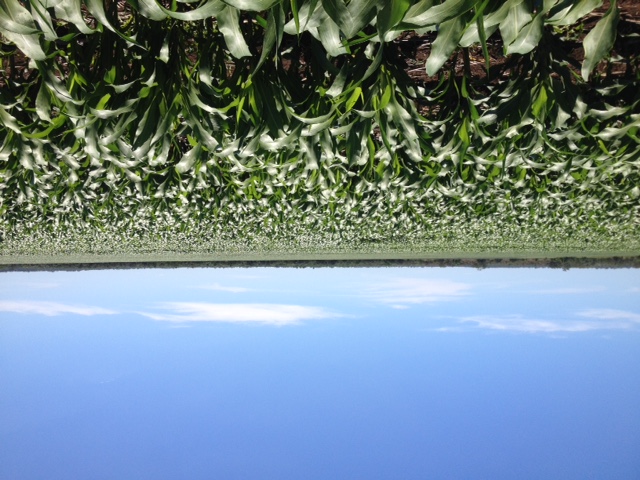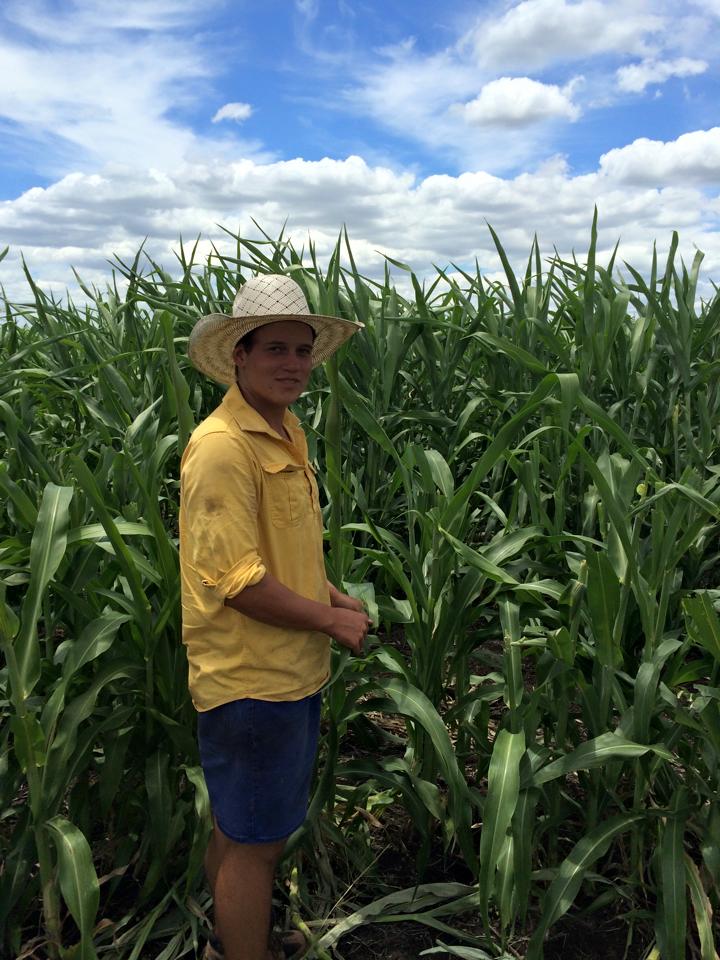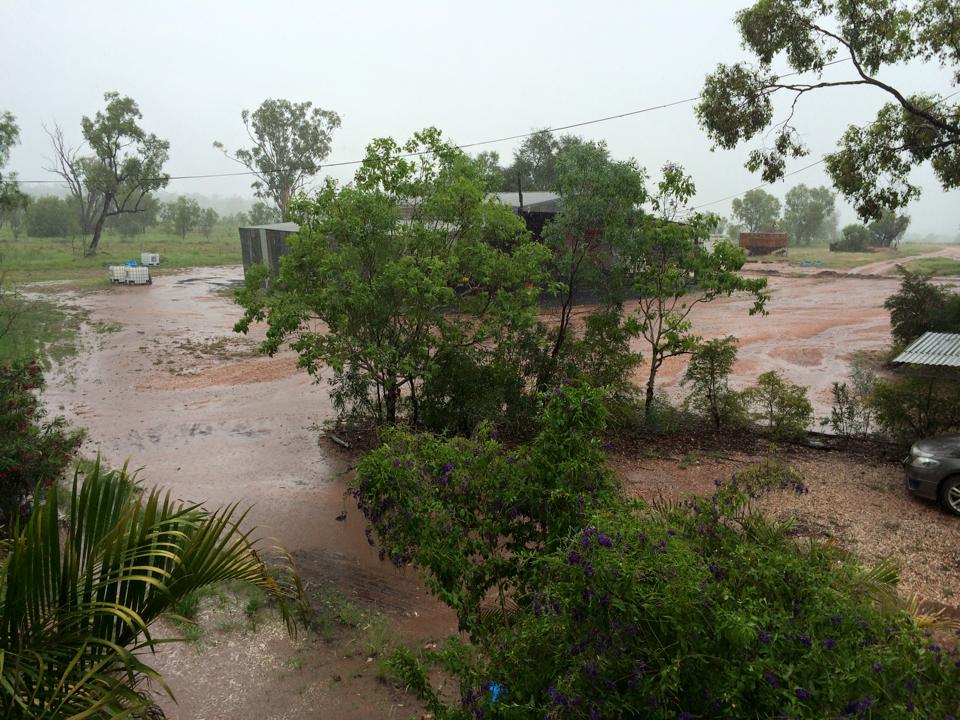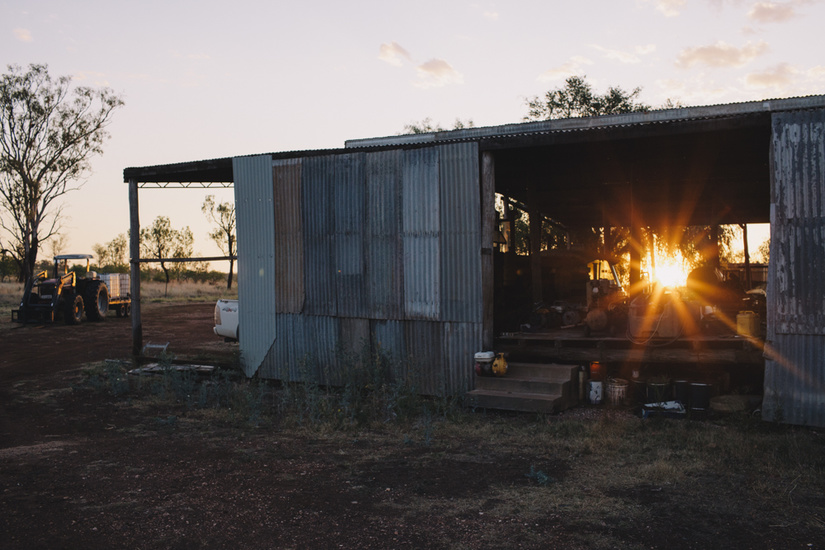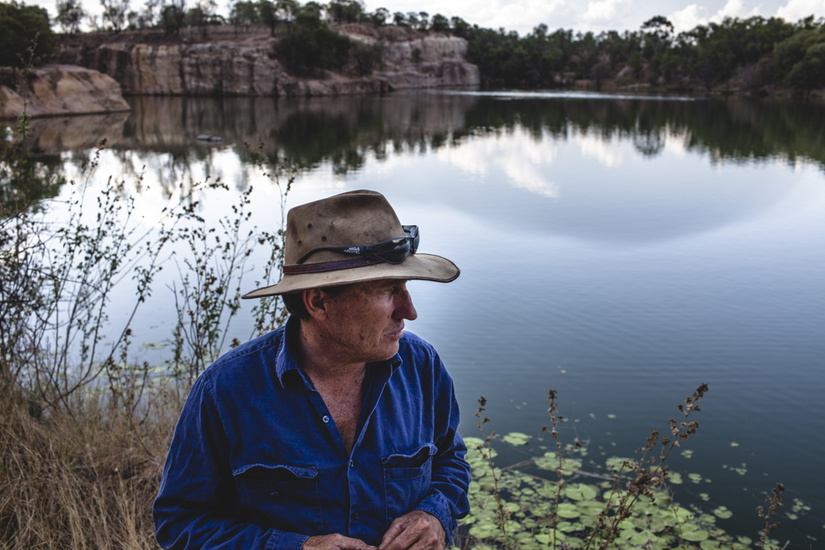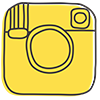on farming + food production, from wheat seed to dinner plate
/“Three-quarters of Australian children in their final year of primary school believe cotton socks come from animals and 27 per cent are convinced yoghurt grows on trees.”
GEORGE THE FARMER PLANTS A WHEAT CROP
by Simone Kain, illustrated by Ben Hood - Hello Friday Publishing, 2014
ages baby to about 8 years old / Australia, s.t.e.m.
In 2014 the Sydney Morning Herald ran this article bemoaning the state of children’s knowledge about what food looks like, and how it grows.
It’s a worry – and a bit funny – that apparently "Three-quarters of Australian children in their final year of primary school believe cotton socks come from animals and 27 per cent are convinced yoghurt grows on trees".
That means we have a whole bunch of 12-year-olds imagining yogurt trees somewhere. Those would be some messy trees!
While it’s pretty hilarious to think of yogurt trees, it’s not so hard to see why it might be tricky to make the connection between, say, wheat and bread. Especially if you’ve never ground wheat or made bread by hand - most children haven’t and probably won’t in the normal course of life.
George the Farmer Plants a Wheat Crop is a picture book designed to teach about where food comes from in an explicit way.
George and his wife Ruby run a mixed farming property with crops, sheep and cattle, but in this first story George has the job of planting wheat.
After a few words explaining to his dog Jessie how and why he is growing wheat, George sets to and gets ploughing and seeding the paddock.
Seeding is important work and George loves working with his tractor – but it is also monotonous and George starts thinking about the football. He’s so distracted by thoughts of footy training that he doesn’t hear the alarm telling him that he has run out of seed.
All is well though, because Ruby finishes the job later that afternoon and she notices the problem and fixes it.
This is great little book for:
Reading before planting a garden. (You could even plant your own little wheat crop, harvest it, grind it, and bake with it - my children did this when they were in Primary school and still talk about the effort involved in producing enough for one tiny loaf of bread.)
Talking about sowing and reaping – both literally and metaphorically.
Starting to investigate where the foods we eat and clothes we wear originate.
Reading before baking – there are recipes for play dough and pizza dough in the back of the book, but any flour based recipe would be a good follow on.
Connecting city dwellers with primary producers.
Talking about large scale agriculture and its role in both the economy and in producing food.
And for a glimpse into life in the country.
We’ve been personally blessed to always have primary producers in the family and I can vouch for the authenticity of George being distracted by thoughts of sports and Ruby wearing pearls while ploughing! Here's a few pics from some of our own primary producers (my sister Sam's family in Central Queensland - and yes, they've had rain!).
As food security becomes an increasing global issue, the importance of treating food (and resources generally) with respect and appreciation becomes more pressing. It also becomes something that needs to be taught deliberately. And that’s where George and Ruby come in.
There’s a George the Farmer website (where you can buy the book) and App – and even a theme song to download.
Of course there’s nothing like sowing, growing and harvesting in a hands-on way, or a visit to a farming property. But in the meantime, George the Farmer Plants a Wheat Crop is a cheerful book that’s fun to read, great to look at and full of easily digestible information. I think there are more George the Farmer books in the pipeline, this link will bring them up when they're on WTBA.

